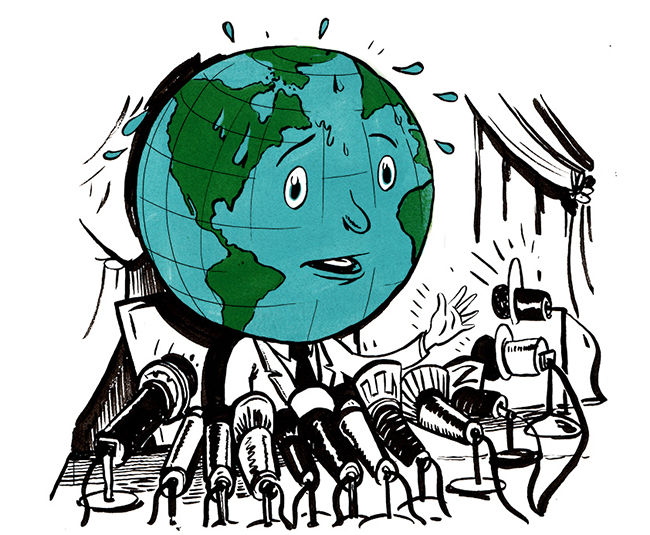ZEITGUIDE TO BEATING THE HEAT

It’s not just your imagination; it has been a really hot summer. July was, in fact, the hottest month ever on Earth.
Extreme heat kills more Americans annually than hurricanes, floods, tornadoes and lightning combined. And as global warming accelerates, the death toll could climb to 11,000 or more a year by 2030. This has prompted some to assert that air-conditioning is a human right.
Of course, our reliance on power-sucking air conditioners is part of our climate change problem. The U.S. Department of Energy estimates that air conditioners account for 6.2% of U.S. energy use, and that proportion is growing.
In other countries air conditioning is really booming. Globally, the number of AC units is projected to nearly triple from 900 million today to 2.5 billion by 2050. In China, more than 60 million air conditioners are sold every year. India, with oppressive summer temps and what will soon be the world’s largest population, has a potential energy demand for air conditioning that is 12 times that of the United States.
Today’s air conditioners are more efficient, using about half as much energy as they did in 1990. Global leaders are also negotiating phasing out HFCs (hydrofluorocarbons) as coolants because, if they escape your AC system, theyhave a potential global warming effect far greater than that of carbon dioxide. In their place may come HFOs (hydrofluoroolefins) which break down in the atmosphere in just a few days.
Improving AC units is not the only solution to keeping cool without warming the planet. Building design has long been used to offset oppressive temperatures, such as shotgun style homes that increase airflow, or the use of courtyards in ancient Egyptian architecture to do the same. Builders got away from these methods once AC let them build cheaper, albeit much hotter, structures.
Today, many are turning back to architecture as a solution. In India, the design of the Pearl Academy of Fashion incorporates a stepwell, or baoli, a pool of water set in the center of the building that provides evaporative cooling. The interior is consistently 20 degrees cooler than the outside.
In Amsterdam, a planned hotel called Breeze will use a climate cascade to cool the building with no AC system at all. Instead, wind turbines above the roof draw in air, which is then sprayed by streams of water to cool it before it flows through the rooms. At the same time, a solar chimney lifts hot air up and out of the building.
There are ingenious ways to beat the heat, it seems, that don’t come with a shocking electric bill.
